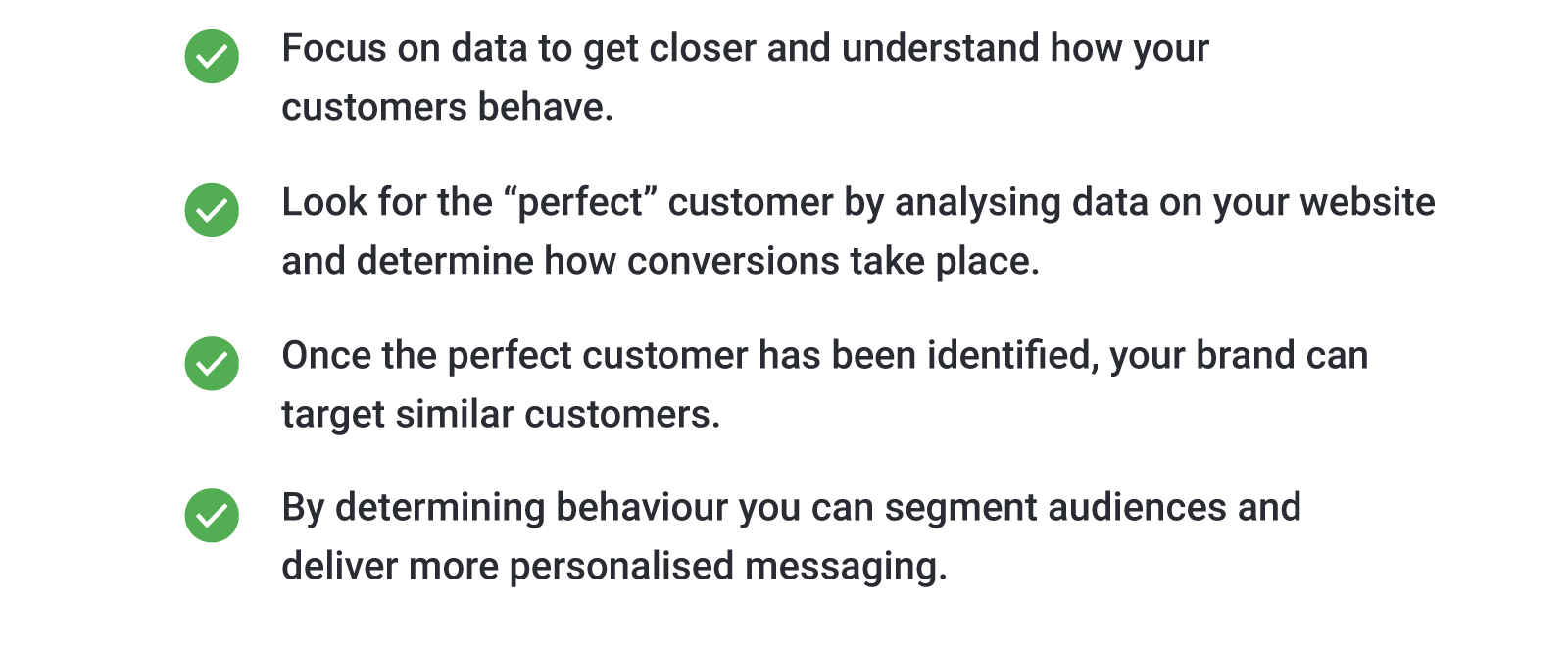Fashion retailer MandM analysed customer behaviour on its site. They built a picture of what the perfect customer does on the site so the brand could understand and get closer to high-value customers.
What does the perfect customer look like? It’s a question every brand should be able to answer, but finding the correct response is far from simple – and, in many cases, asking six different people within one company can turn up half a dozen answers. For online fashion retailer MandM Direct, though, understanding those ideal customers – and modelling their behaviour, with the help of the Google Analytics 360 suite – has been key to seeing rapid expansion and decreased cost per long-term customer.
“We started by centralising our audience data, building up a picture of what a perfect customer looks like, what their behaviour is like, and what a converting customer does, as opposed to one who’s unlikely to buy,” explains Phil Twigg, MandM Direct’s Head of Digital. With Google’s help, the brand ran a predictive analysis project that aimed to generate a score for each customer based on their predicted lifetime value – modelling the company’s most frequent and high-spending shoppers to ensure it was growing its customer base with similar customers. MandM Direct also made some interesting discoveries. “One surprise, for instance, was that although we generally market to a younger audience in terms of messaging and branding, actually we’ve got a slightly older demographic of customers, and they convert better than our younger ones,” says Twigg. “That’s the sort of understanding you can apply not only to existing markets but also to new ones.”
Historically, we’ve generally marketed to a younger audience, but from data we realised that actually we’ve got a slightly older demographic of customers, and they convert better than our younger ones.
– Tom Goode, Customer and eCommerce Director, MandM Direct
This modelling means that MandM Direct is thriving without above-the-line advertising – “We used to distribute 13 million catalogues a year,” explains Tom. “Now we’re digital-only.” And it’s made the way the company invests in acquiring new customers more efficient. “Historically, we had an acquisition goal in terms of cost-per-order, but if you factor in whether it comes from a new customer or returning one it gives you licence to spend more in acquiring new customers and reduce spend on existing customers who have a high propensity to order,” explains Customer and eCommerce Director Tom Goode. “So advertising budget can be laid into customers who need to be converted, while looking at their projected lifetime value.” The results were clear: over the course of the campaign, MandM Direct saw a significant decrease in CPA and a strong increase in revenue, alongside an increase in existing customer order frequency. “The most important thing for us has been our account management team,” says Goode. “The honesty that we got from our Industry Manager has really helped shape our plans – we’ll try something and he’ll honestly appraise what we’re doing, and what would be worth us trying, which means we’ve been able to prioritise the right channels and campaign types.”
The results

The company is now expanding in markets including Germany and the Netherlands, while moving customer relationship management data into Google’s BigQuery service in order to find customers across different channels. “As a way of growing your business and brand awareness, it’s much more efficient and less wasteful than the alternatives,” says Goode. “It’s been interesting, tricky at times – and for us a real change. But it works.” Perfect customers, after all, aren’t always easy to find. But they’re always worth looking for.
Key takeaways for your business






